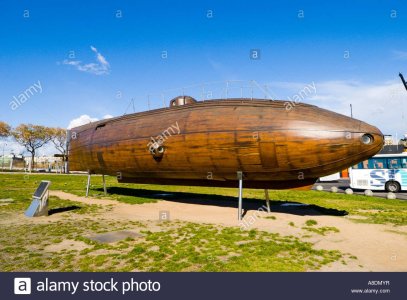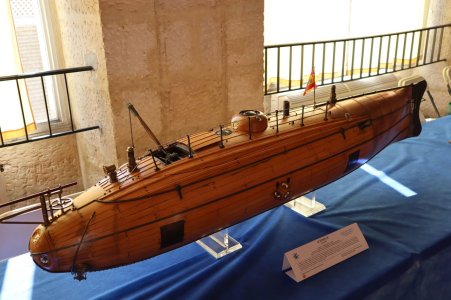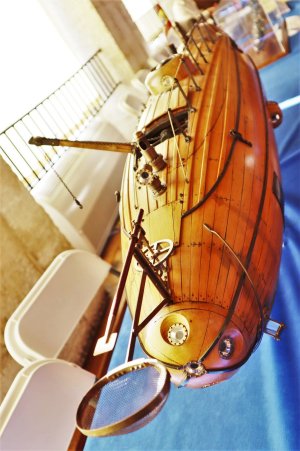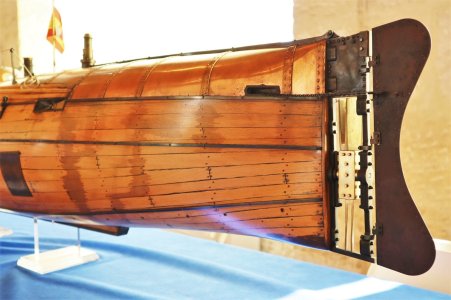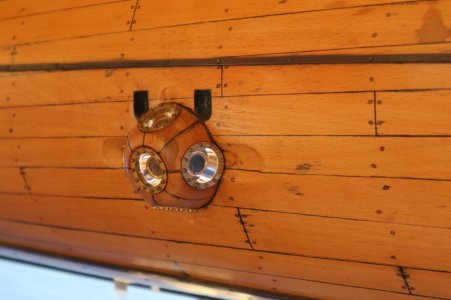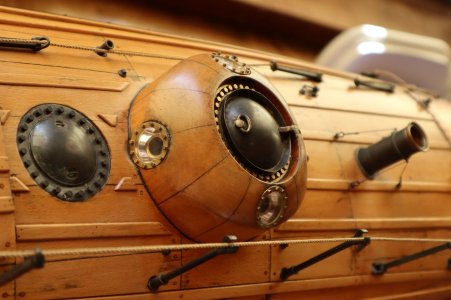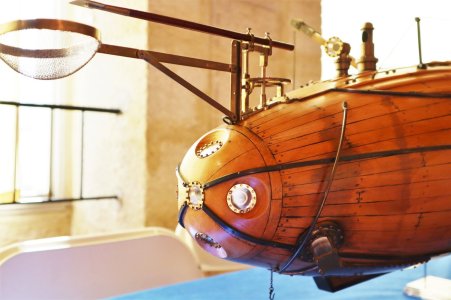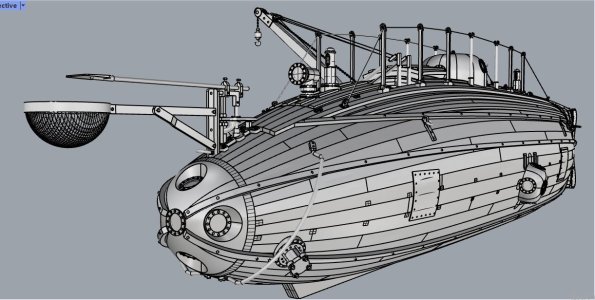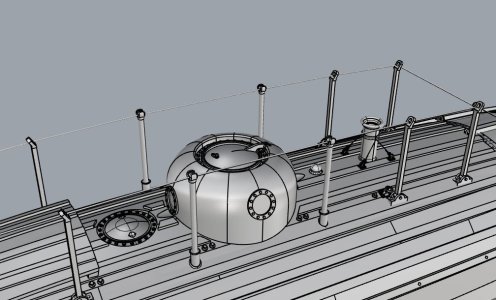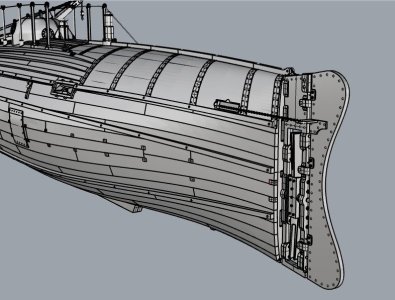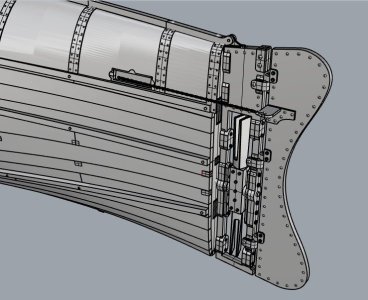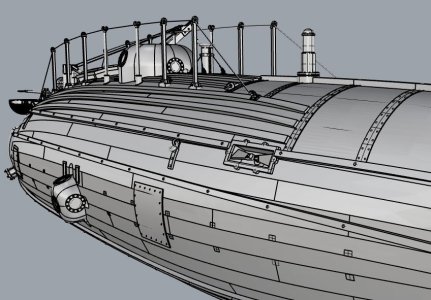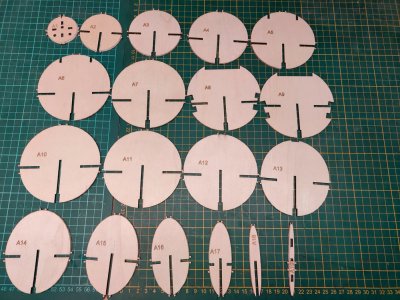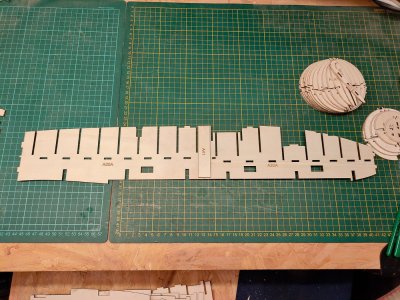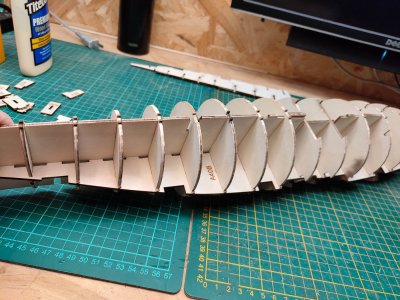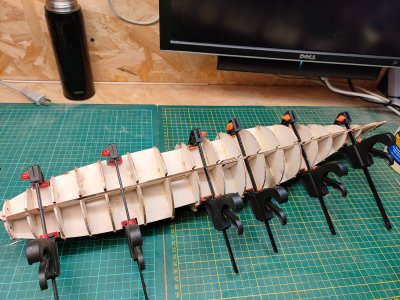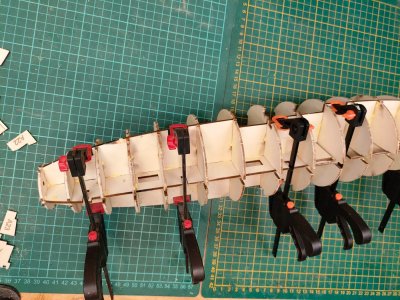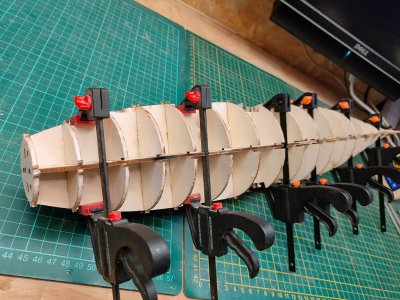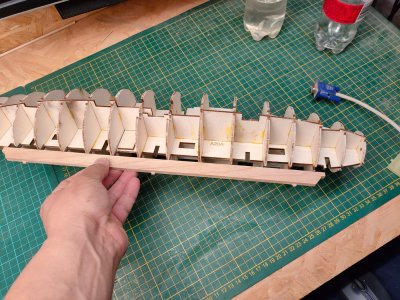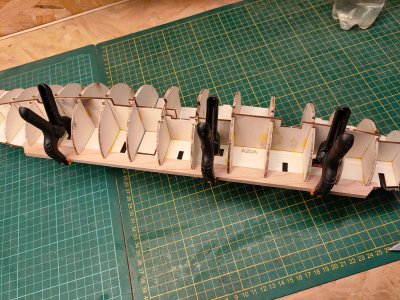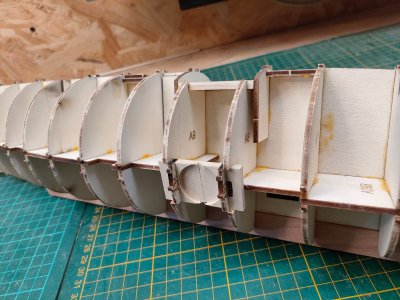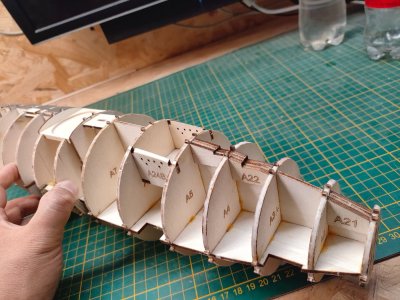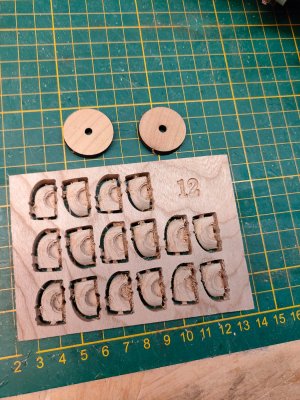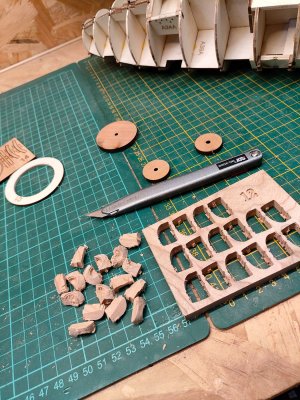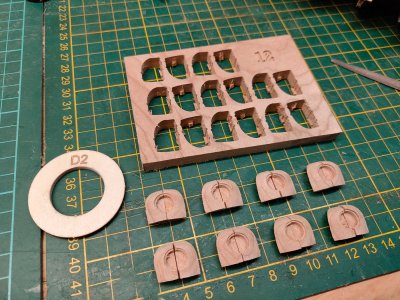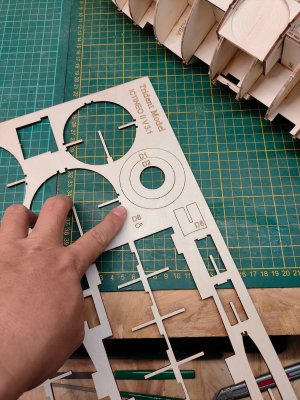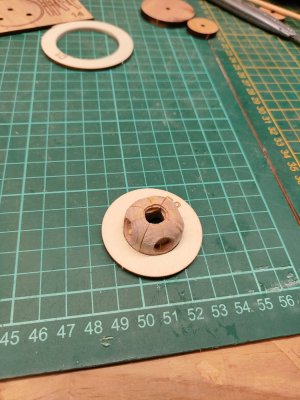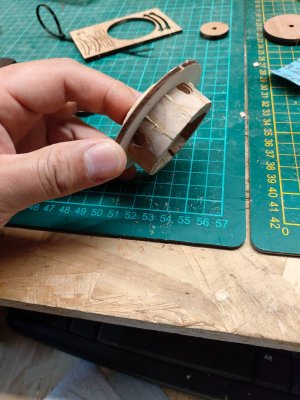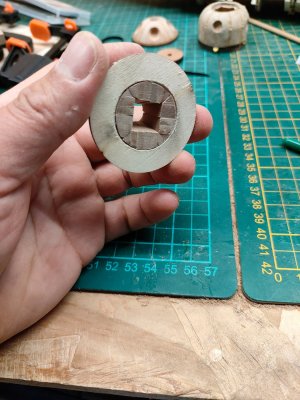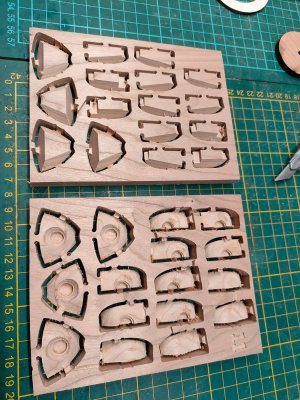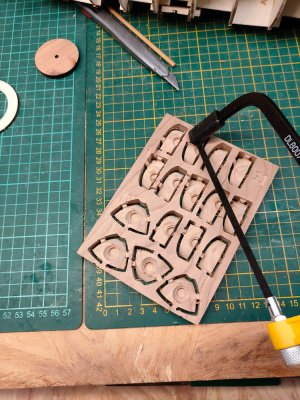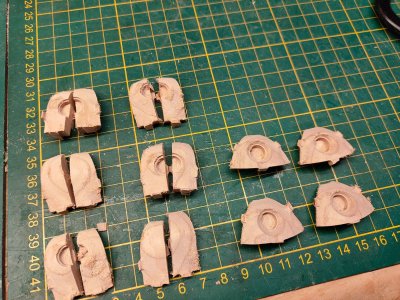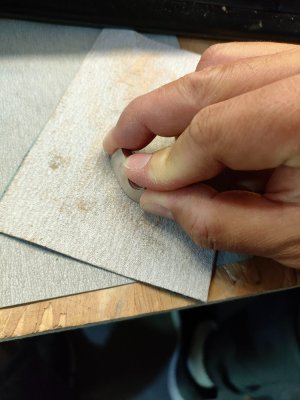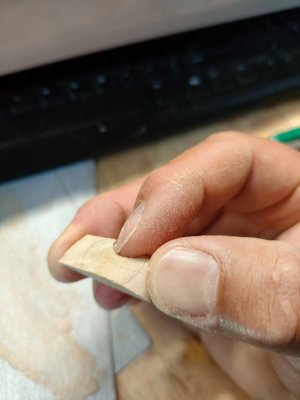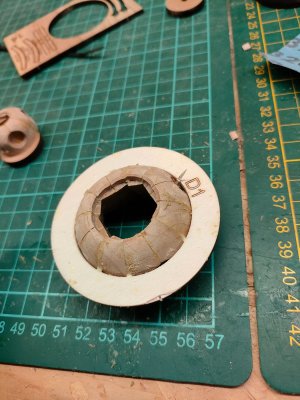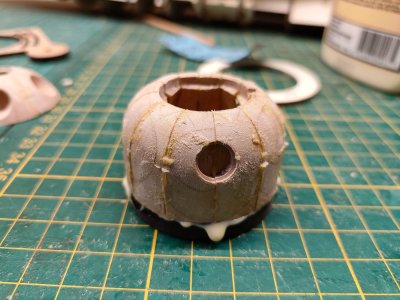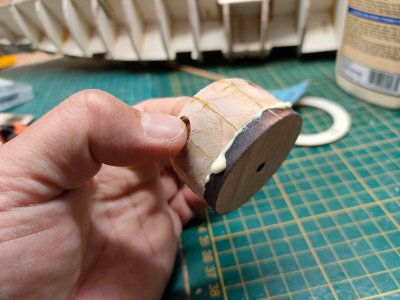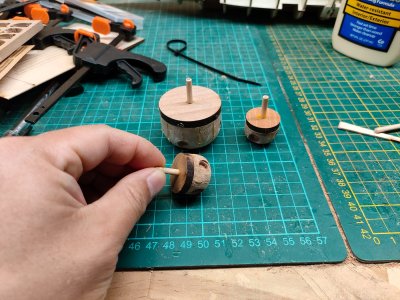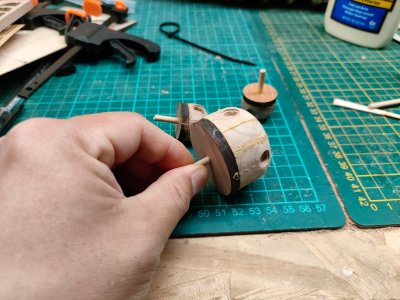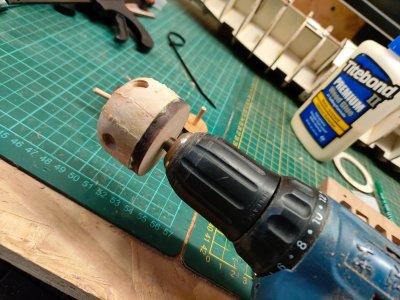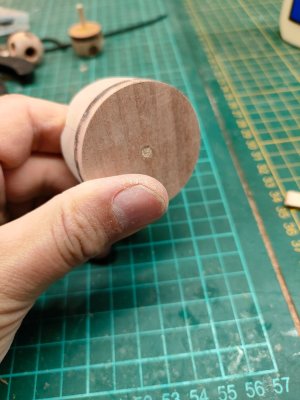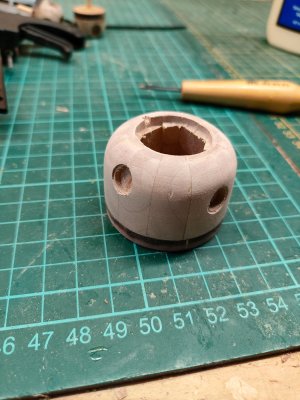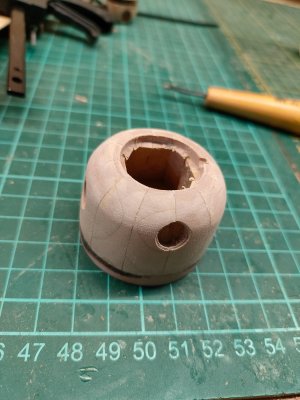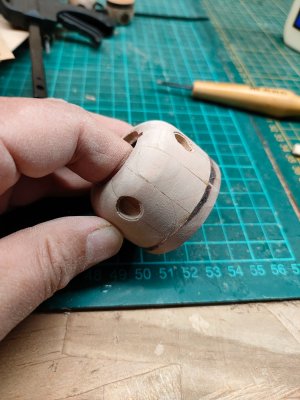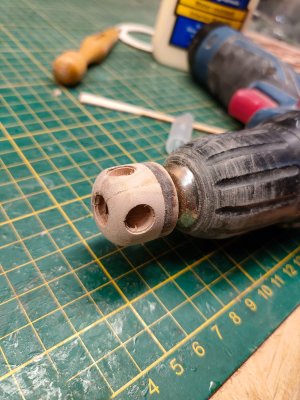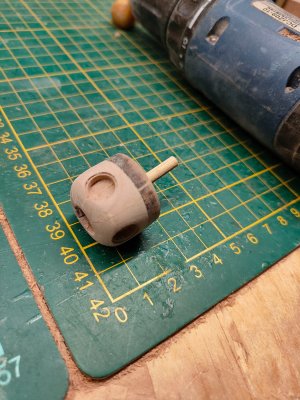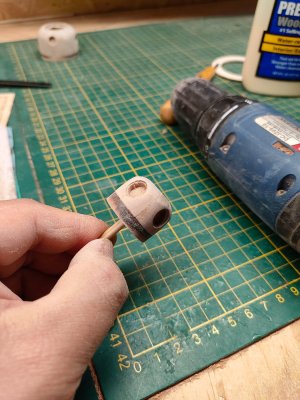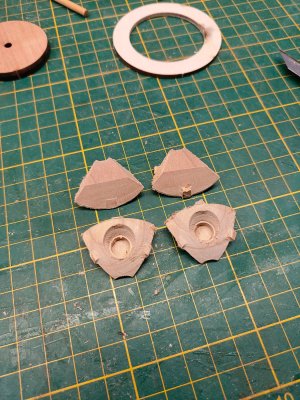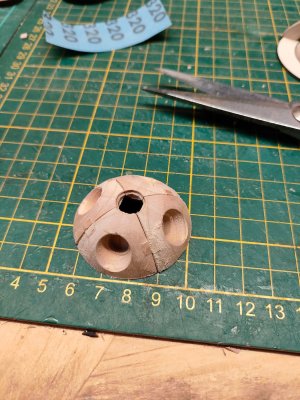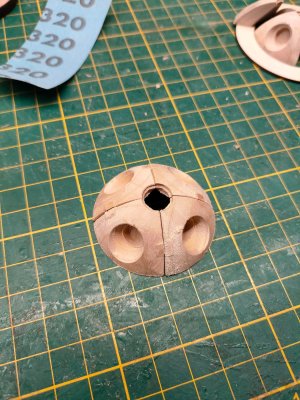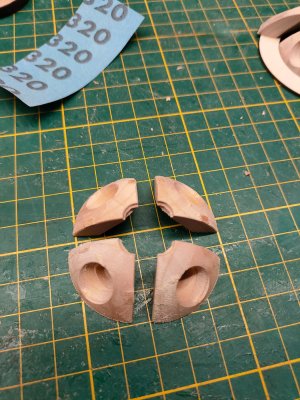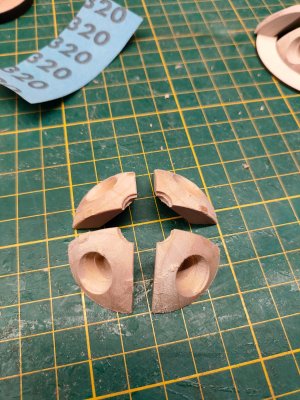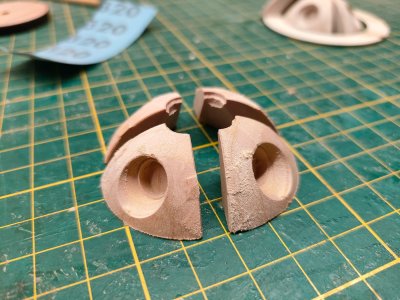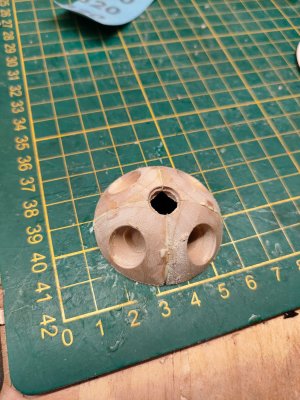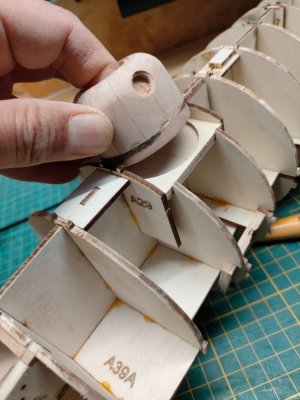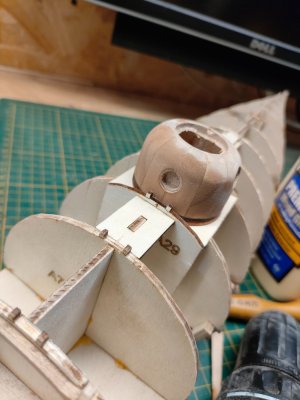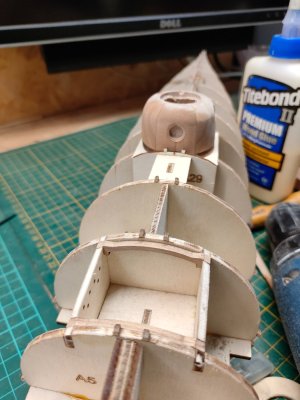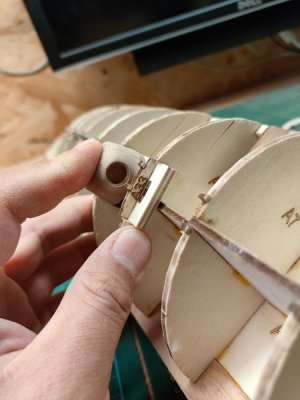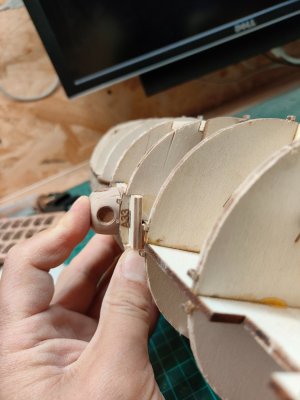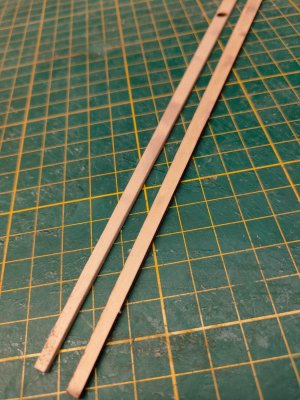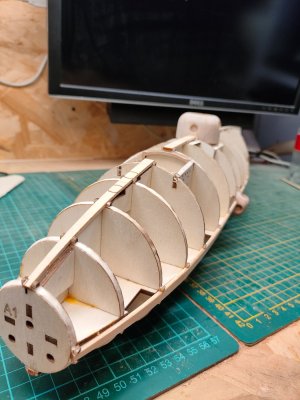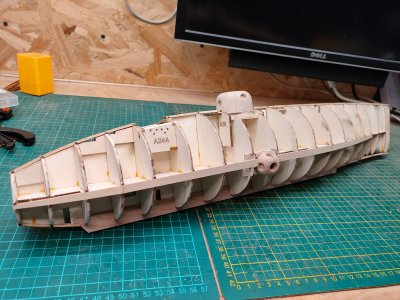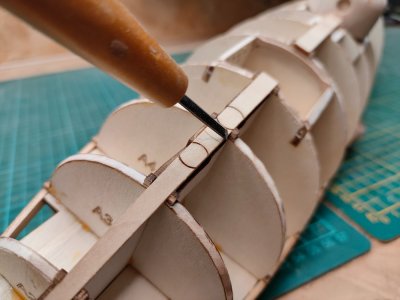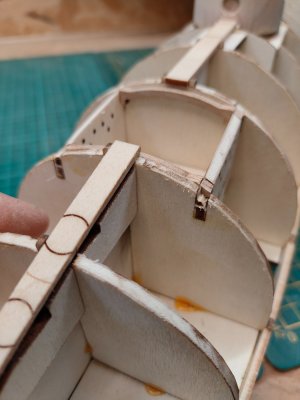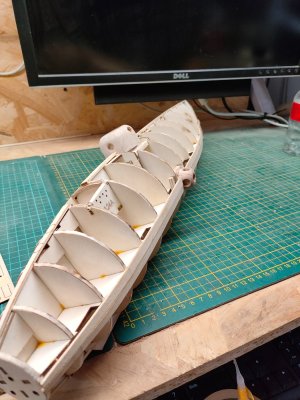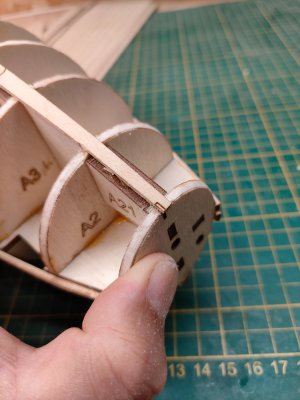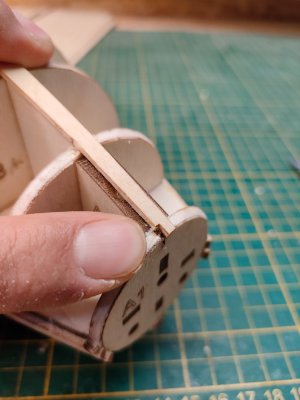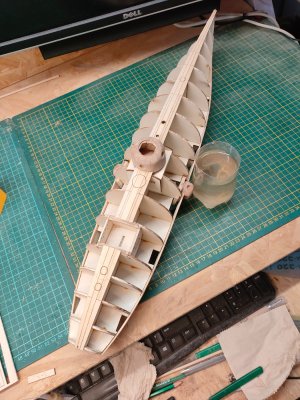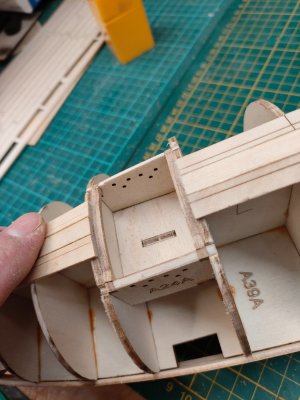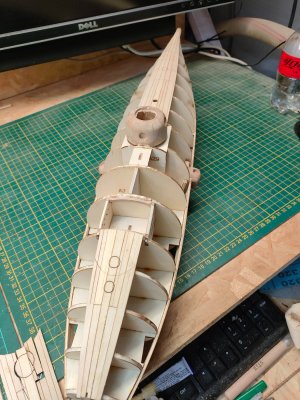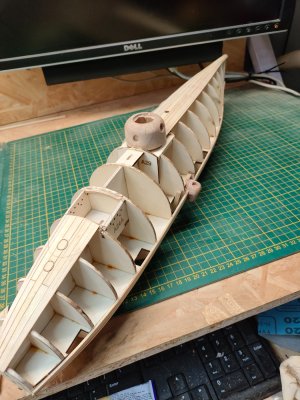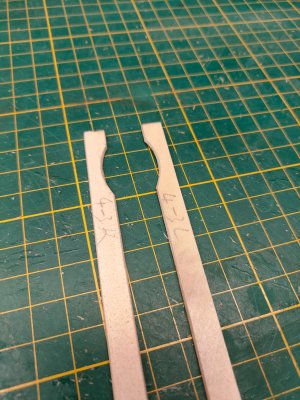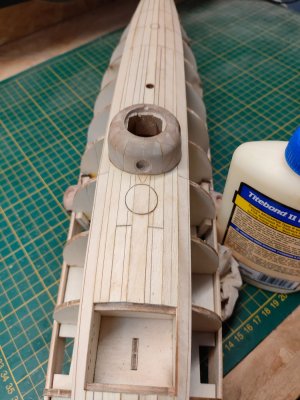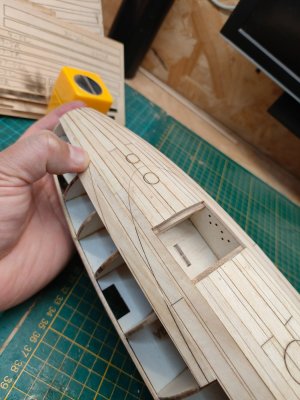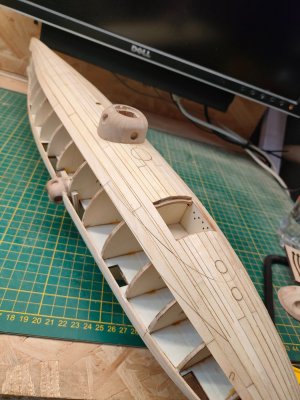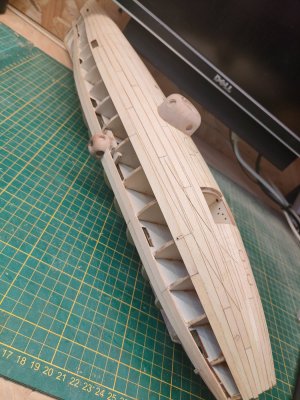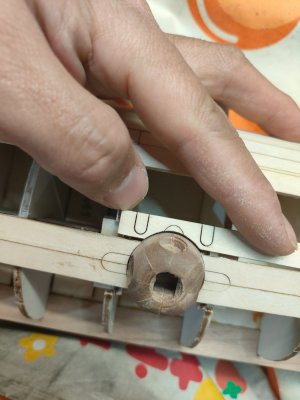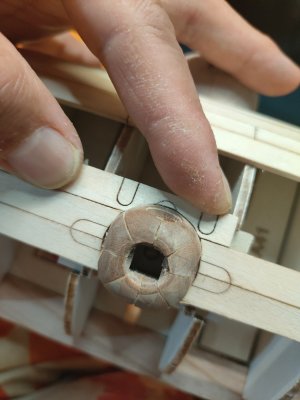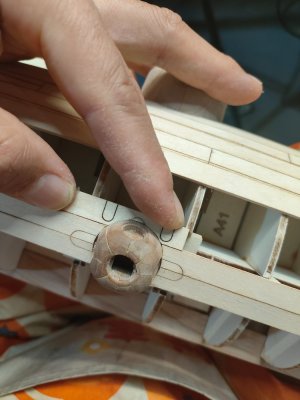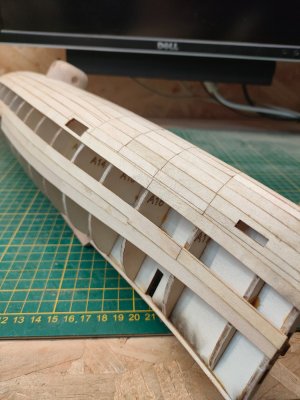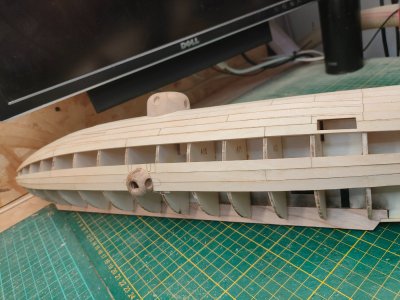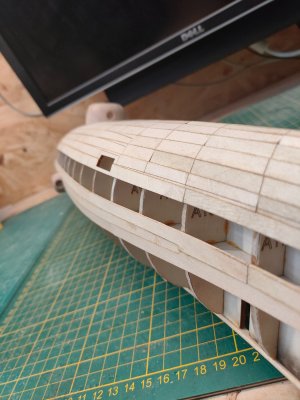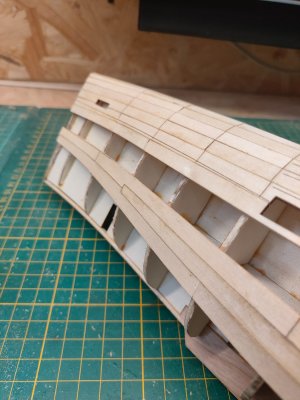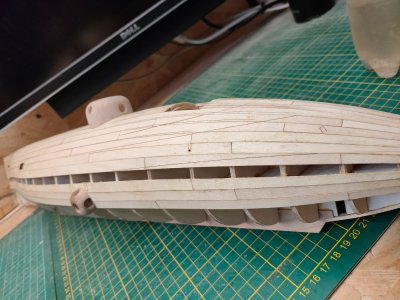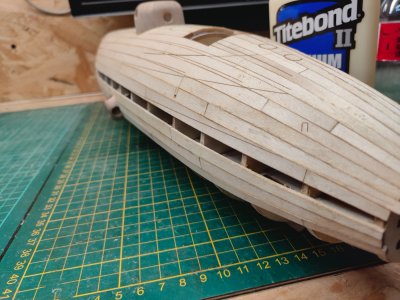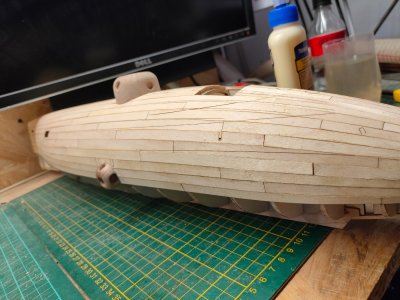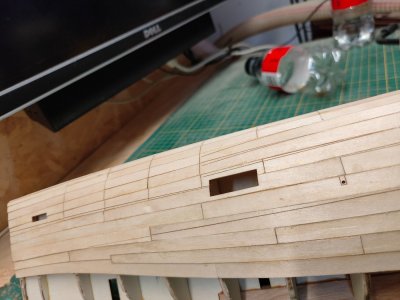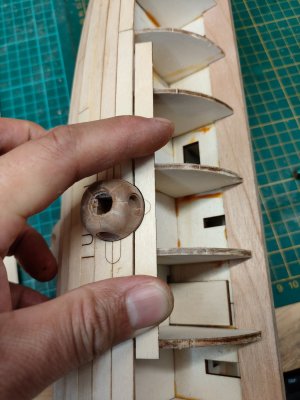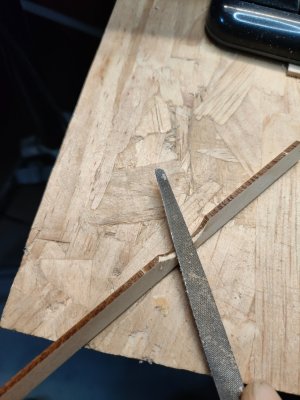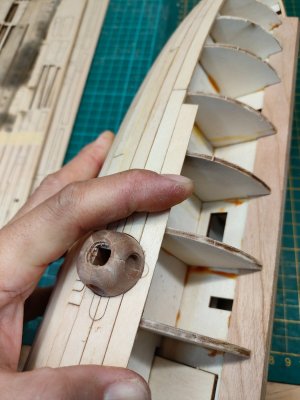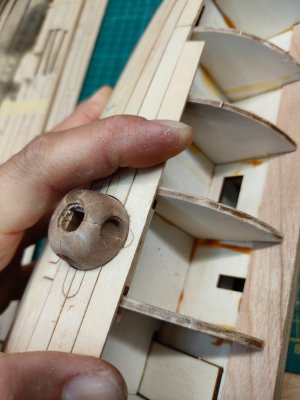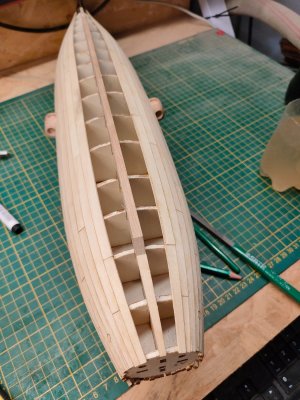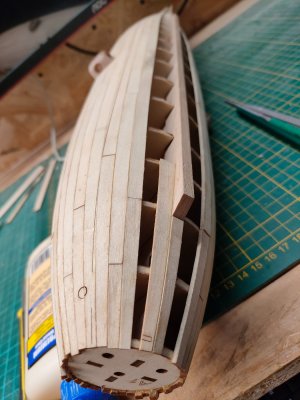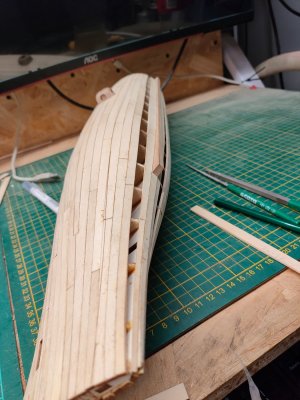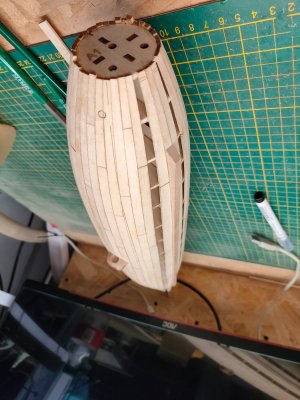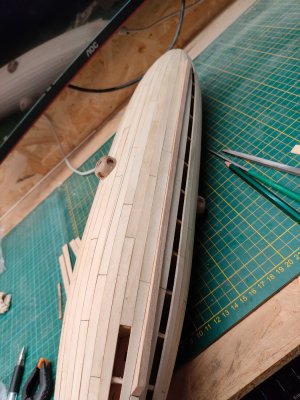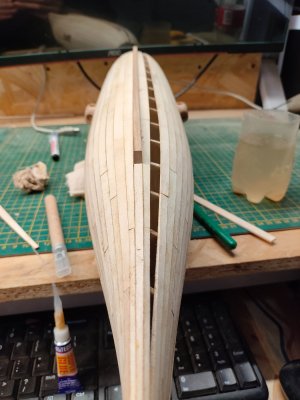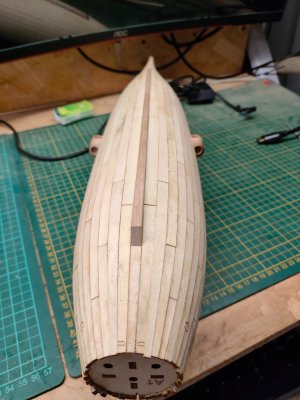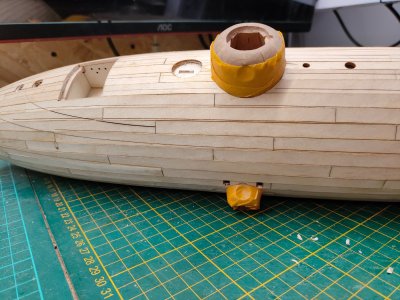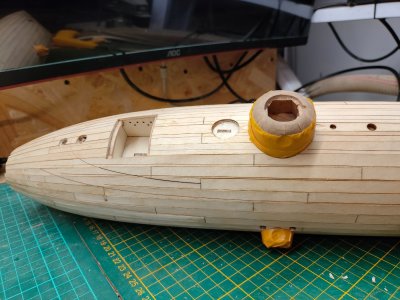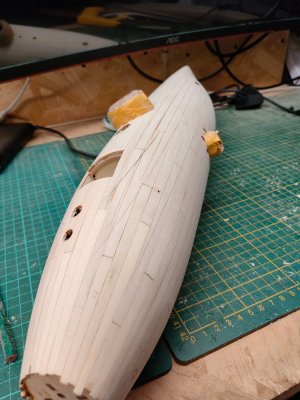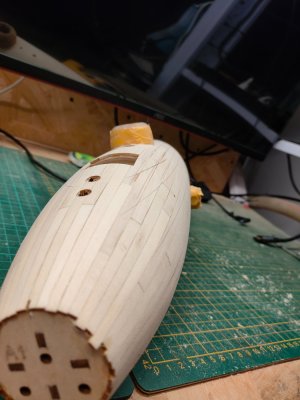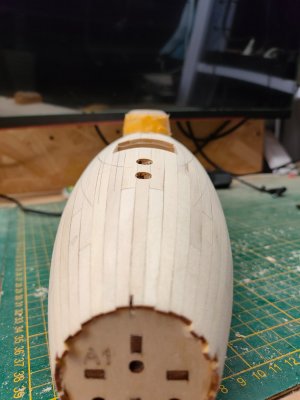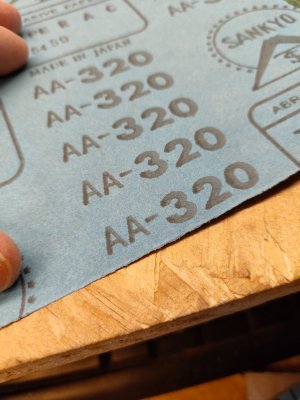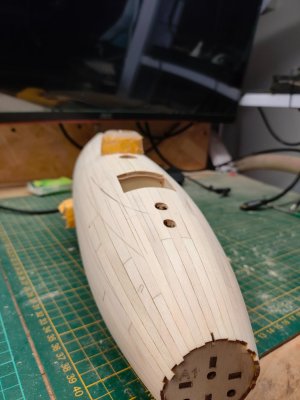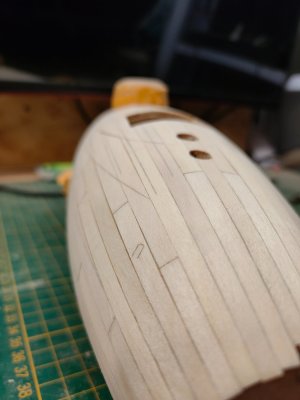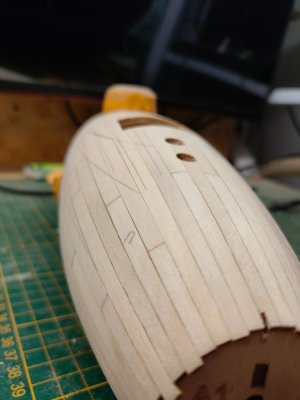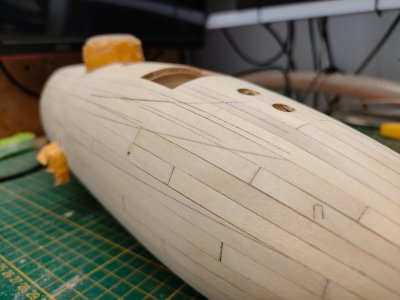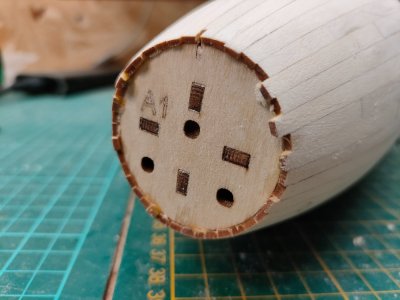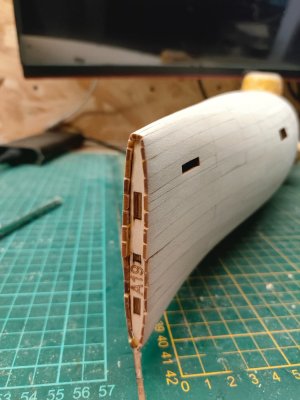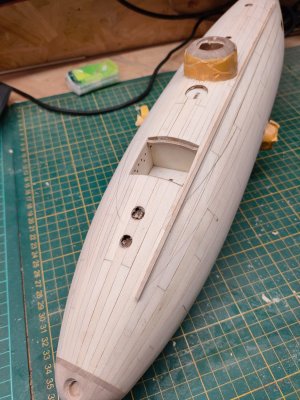The following is the historical information we have collected about ICTINEO for everyone to have a deeper understanding.
Narcissus Monttourio was born in 1819 and was a versatile scientist and social activist. After the 1848 revolution, one of his publications was banned by the government and he was forced to flee to France. In 1849, after returning to Barcelona, the government restricted his publishing activities, and he shifted his focus to science and engineering. Started to be enthusiastic about technological innovation.
During his stay in Cardax, Monttourer witnessed the death of a coral miner, which inspired him to design a ship that could sail underwater and allow coral miners to work safely. He hid this idea for over 12 years, fearing that he might be ridiculed and also because he didn't have the funds to build such a ship. A friend convinced him that he must put his ideas into practice and could find enough funding from friends and the public.
Montenior named his submarine the ICTINEO I, derived from the ancient Greek words ἰπθ ύς - ichthys (fish) and naus (ship). As he said, the ICTINEO I is "shaped like a fish, with its motor at the tail, fins to control direction, and swim bladders and ballast to maintain balance with the water from the moment it sinks
In September 1857, he returned to Barcelona where he organized Spain's first commercial association dedicated to submarine navigation, with a capital of 10000 pesetas. In 1858, he introduced his project in a scientific paper titled "El Ict í neo o barco pez" (Ict í neo or fish boat).
On June 28, 1859, Monttourer prepared for the first voyage of the ICTINEO I submarine, which sailed into the port of Barcelona. Unfortunately, the submarine collided with an underwater pile foundation, and Monttourer estimated that he would have to spend all his funds to carry out proper repairs. He hastily repaired the damaged portholes, external hull, and ballast tanks, and limited the diving depth to 20 meters (66 feet).
In the summer of 1859, Monttourer conducted over 20 test dives aboard the ICTINEO I, with his business partner and shipbuilder also serving as a crew member. He gradually increased the diving depth until reaching the limit of 20 meters (66 feet), and the crew could dive for about 2 hours using only oxygen sealed inside the pressure vessel. Using compressed oxygen and carbon dioxide scrubbers could double their endurance. It has been proven that the handling of the ICTINEO I is good, but its top speed is disappointing because it is manually driven.
The ICTINEO I was ultimately destroyed by a docked cargo ship after about 50 dives in January 1862. Its successor is the extensively improved ICTINEO II. The ICTINEO II is the world's first fully functional engine driven submarine.
Function and purpose
ICTINEO No.1:
It is 7 meters (23 feet) long, 2.5 meters (8 feet 2 inches) wide, and has a draft of 3.5 meters (11 feet). Its intended use is to facilitate coral harvesting. The bow of the ICTINEO I is equipped with a set of tools suitable for harvesting corals. In the summer of 1859, Monttourer piloted the ICTINEO I for over 20 dives, with his business partner and shipbuilder also serving as a crew member. The handling of the ICTINEO 1 is good, but the top speed is disappointing because the speed is limited by the strength of human muscles.
ICTINEO No.2:
The ICTINEO II was originally designed as an improved version of the manual ICTINEO I. The Spanish navy promised to support Monturiol, but in fact it did not provide funds, so he had to raise funds by himself, wrote a letter to the people of the whole country, encouraged the people to donate, and finally raised 300000 pesetas from the people of Spain and Cuba, which was used to establish La Navegaci ó n Submarina company to develop the ICTINEO II.
The ultimate plan for Monttourio is to customize a ship to accommodate his new engine, which will be entirely made of metal and installed in separate compartments. Due to his financial situation, it is impossible to build a metal ship. On the contrary, he managed to raise enough funds to install the engine on the wooden ICTINEO II for preliminary testing and demonstration.
On October 22, 1867, the ICTINEO II made its first steam powered surface voyage, with an average speed of 3.5 knots (4.0 miles per hour; 6.5 kilometers per hour) and a top speed of 4.5 knots (5.2 miles per hour; 8.3 kilometers per hour). On December 14th, Monttourio sank the ship and successfully tested its air independence without relying on the engine, without attempting to travel anywhere.
On December 23 of the same year, Monttourer's company went bankrupt and could no longer attract investment. The chief creditor demanded repayment of the debt, and Monttourer was forced to hand over his only asset, ICTINEO II. The creditors subsequently sold the submarine to a businessman, and the authorities who taxed all the ships issued a tax invoice to the new owner. He did not pay the taxes, but dismantled the submarine and sold it as scrap.
The ICTINEO II is a revolutionary submarine with core functions including:
-Underwater navigation: This submarine can navigate underwater for a long time, avoiding enemy reconnaissance and attacks.
-Hidden operations: Submarines can infiltrate enemy waters to carry out reconnaissance and attack missions, making them difficult to detect.
-Underwater Attack: Equipped with a simple weapon system, it can perform underwater attack missions.
This invention solved several major problems faced in naval battles at that time:
-Concealment: Traditional ships navigate on the water surface and are easily detected and attacked by the enemy, while submarines can be concealed underwater.
-Endurance: Compared to human powered submarines, engine driven submarines have longer endurance and higher speed, adapting to more complex combat requirements.
-Combat efficiency: Submarines can carry out missions behind enemy lines and launch surprise attacks, greatly improving combat efficiency.


